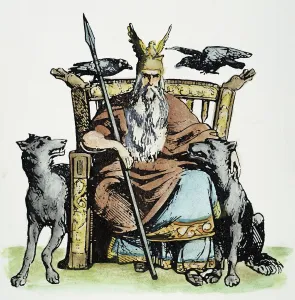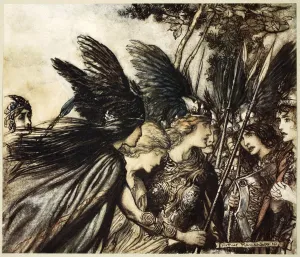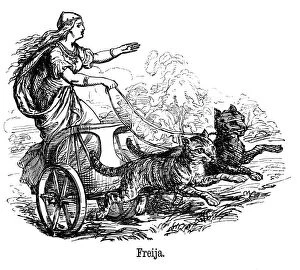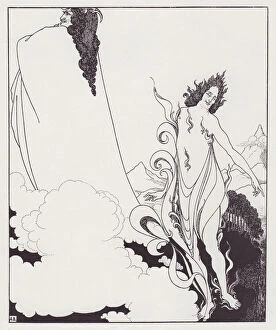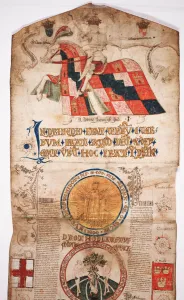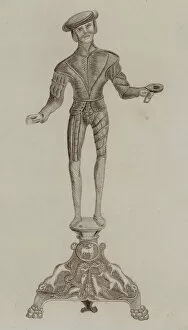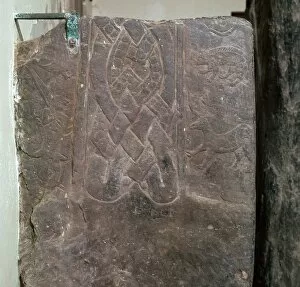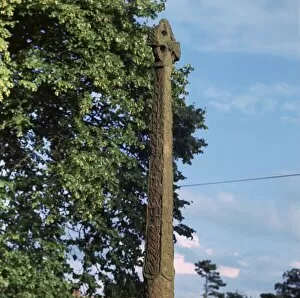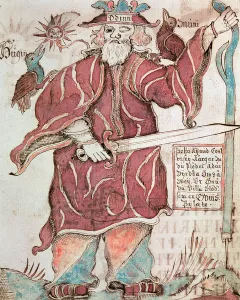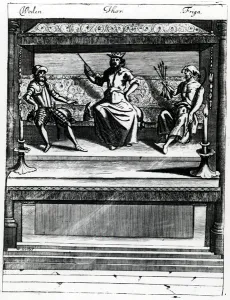Woden Collection
"Woden: The Norse God of Wisdom, Poetry, War, and Agriculture" Step into the realm of Norse mythology as we delve into the captivating world of Woden, also known as Odin
All Professionally Made to Order for Quick Shipping
"Woden: The Norse God of Wisdom, Poetry, War, and Agriculture" Step into the realm of Norse mythology as we delve into the captivating world of Woden, also known as Odin. This line engraving depicts the mighty deity who embodies wisdom, poetry, war, and agriculture. In this enchanting artwork by Arthur Rackham from 1910 titled "I flee for the first time and am pursued, " we witness Woden's power and influence. His presence is felt throughout history in various forms. One such representation can be found on an ancient Viking runestone dating back to the 8th century. Carved upon it is a ship sailing through tumultuous waters with Sleipnir - Woden's eight-legged horse - leading the way. Woven within Scandinavian mythology is Freya or Frigg, often associated with love. Here she commands her chariot pulled by majestic cats while crossing realms under Woden's watchful eye. Fast forward to modern times where Philip Harding takes on the persona during a Classic TT Parade Lap in 2013. Paying homage to this mythical figure brings forth a sense of awe and reverence for his enduring legacy. Henry Fuseli captures another facet in his painting "Odin in the Underworld" from 1770/72. It portrays him traversing realms beyond mortal comprehension, showcasing his omnipotence. Music has always held a special place in human hearts; thus it comes as no surprise that even gods appreciate its beauty. In an engraving titled "The Gods of the North: --Woden Welcoming the God of Music, " we see how music unites divine beings across pantheons. Ancient engravings offer glimpses into Saxon idolatry and their association with days of the week – each dedicated to different deities including our revered god Woden himself.

